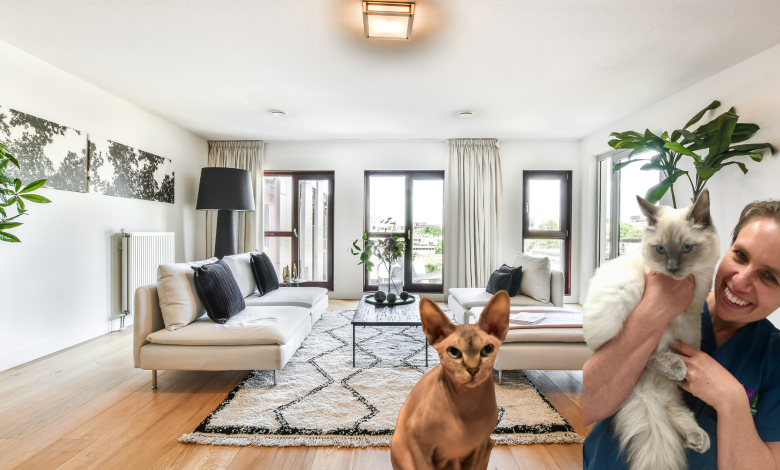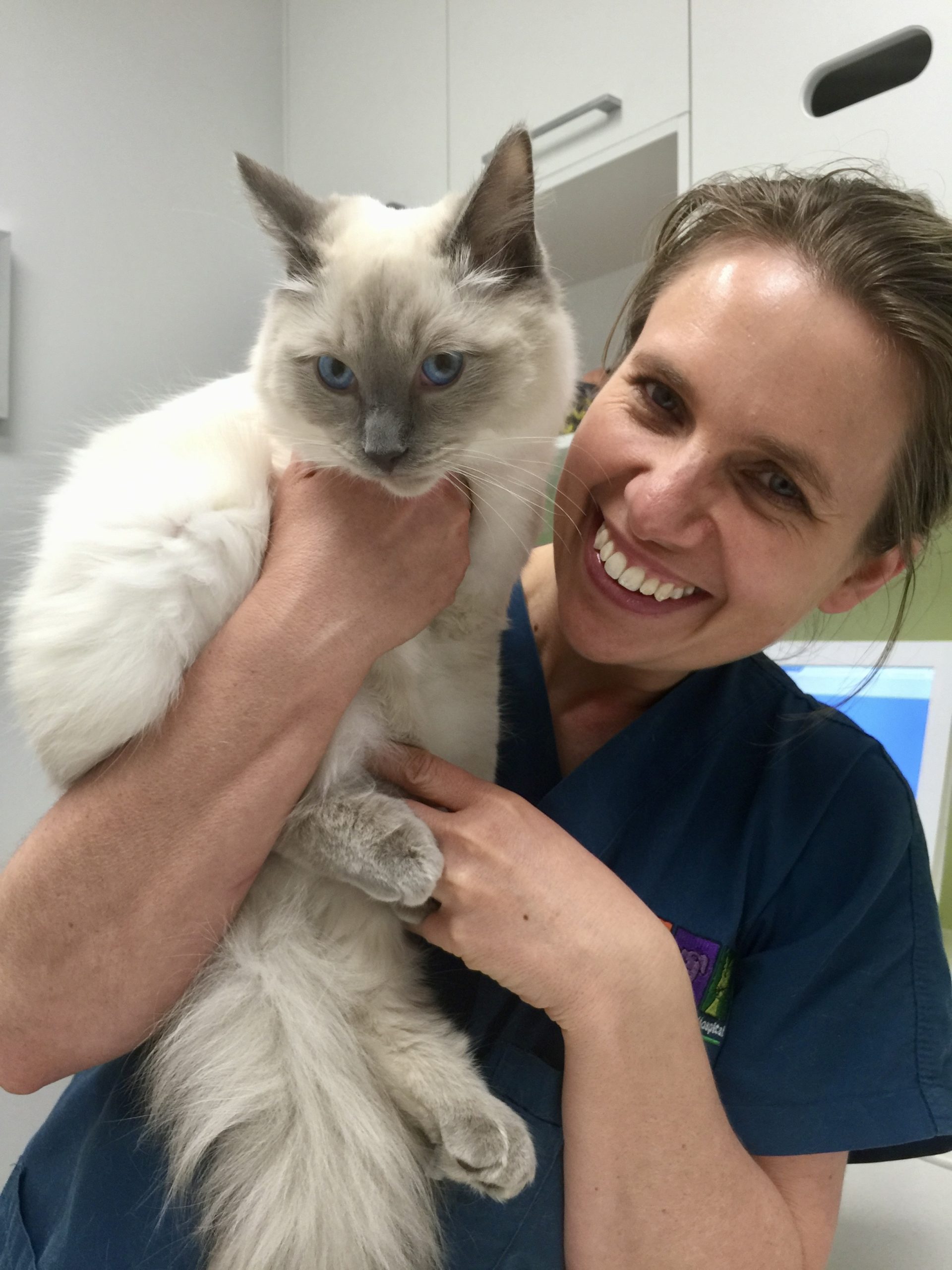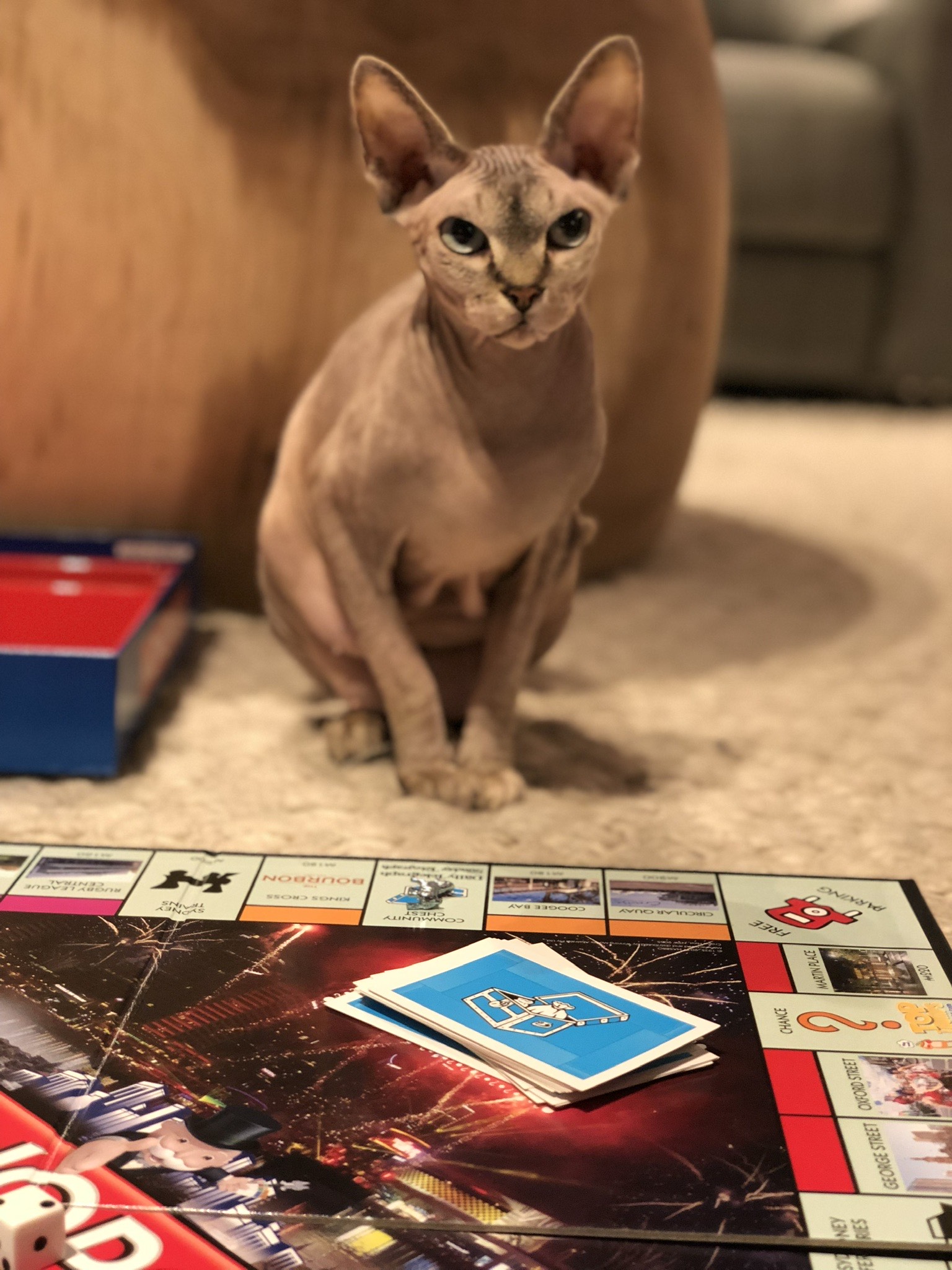


situations can leave us in side splitting hysterics.The more we know about where these behaviours come from, the happier we can make their lives…. and the less we misinterpret some of their instincts and provide for them “to do what they need to do” , the stronger our bond and connection will be.What it means to be a “responsible pet owner” has changed over the last decade or so. The idea that cats need to roam outside is no longer the case and many people realise the benefits of keeping their cat safe at home – all day, every day.Yes, the great outdoors can be alluring for cats but there are many risks to their welfare and safety as well as the disastrous impact they have on our native birds and wildlife. Vets see the heartbreak caused by road trauma, dog attacks, infectious disease and on average, pet cats enjoy an extra 10 years of life, if they stay home. Cats deserve to have their needs met and we no longer think of them as a minimal effort pet who ‘take care of themselves’.So how do we create a wonderland (and a safe haven) for our cats at home?
Having a few insights into how our little friends operate can really help us out.
1. Cats are not little dogs, they don’t live in groups or ‘packs’ unless there is plenty of food.
2. They hunt alone for food and they climb and hide from predators (typically humans and dogs).
3. They can aggressively defend their territory
4. Cats have very frequent sleep/ wake cycles ( which is why they look asleep much of the day!)
5. They communicate through scent marking – rubbing surfaces with their cheeks, paws and tail and they use scratching behaviour to stretch the muscles of their back and shoulders, release anxiety or pent up excitement and maintain their claws.
6. Cats don’t like sudden change – they enjoy a predictable routine
7. They are most vulnerable when asleep so often seek out somewhere safe – high or hidden out of the way.
So with all this in mind here a a few things we can do to cater for these instinctive needs:
Give them a chance to ‘hunt’
Feeding out of a bowl? Change it up and satisfy your cat’s hunting behaviour by making meal times a game.
Puzzle toys are a great way to do this – there are plenty available to buy such as snuffle or lick mats or you can make your own toys. A cardboard toilet roll with some small holes cut out and the ends pushed in/ sealed makes a great rolling feed toy when filled with dry kibble.
Hiding food inside boxes (an old tissue box with the plastic film removed) for your cat to retrieve, wrapping food inside a paper ball, hiding treats inside a box filled with ping pong balls so your cat can ‘dig’ for their dinner or offering food after playing with a wand toy that simulates a prey animal being caught can all be extremely rewarding for cats.
Setting up a ‘hide and seek’ course can help to keep them amused during the day – (you may have to show them to start with until they get the idea).
Water fountains can be mesmerizing, encourage drinking and playful behaviour and are really useful for senior cats when we’d like them to stay well hydrated.
Providing opportunities to chew is important for oral and dental health and raw strips of red meat or moistened jerky are much safer than chicken necks/ wings. Cats occasionally love to chew on grass so growing cat nip or cat grasses in a pot or tray can help to bring a little of the outdoors inside.
They don’t like change….
A sudden change to your cat’s environment or routine could cause stress and lead to some unwanted behaviour like urine spraying, soiling out of the litter tray, hiding or aggression.
Changing the type of litter substrate, introducing a different food, moving furniture around, having visitors to stay, introducing a new baby or another pet can all be very stressful events for your cat.
If you need to change something, the key is to do it gradually. A new food for example should be offered at the same time as the usual food. If it is accepted straight away, you can slowly increase the amount of new food each day while decreasing the amount of the old type of food. If your cat won’t eat the new food, offer it with the old diet for several days then by itself when your cat is hungriest. After an hour or if your cat eats a little of the new food offer, offer some of the old diet again and continue to do this slowly transitioning over a week or so from one food to the other.
Give them high safe spaces
Cats are curious and to feel safe they like to know what is going on – both inside and outside. They can hear and smell a lot of these things but feel more relaxed if they can also see them. Providing perches, shelving and comfortable high resting places is ideal and allows your cat to watch the action from above.
They also need to feel protected from threats with secure sleeping places and refuges they can hide away from noise knowing that no other animal or human is likely to sneak up on them.
Social tension can be high in multi-cat households so ensuring they each have enough space and their own area can be key to minimizing stress behaviours and territorial aggression.
They love texture!
Cats love to scratch, rub against and roll around on different textured materials so providing surfaces such as a scratching post covered with sisal or bark is an important outlet for their natural instincts – and will save your furniture!
Plenty of clean toilets
Cats are often finicky with their toileting area, some like absolute privacy ( so a covered tray is best) and others won’t use a tray unless it is clean or unused. Most vets recommend having one tray per cat plus an extra one ( 2 cats = 3 trays) to minimize the chances of any unwanted toileting behaviour.
Happiness is a playground
Play is really important and the value it adds to a cat’s life cannot be underestimated. Physical exercise helps to maintain a healthy weight and play is fun giving cats mental stimulation and satisfying the need to hunt.
This means play should simulate stalking and pouncing behaviour and toys should look like prey animals (feathers, a furry mouse). It’s really important to reward cats with food treats (or their dinner) during this type of play as they will feel like they have ‘caught’ the prey which relieves frustration.
Chasing a focal light, rolled up paper balls, obstacle courses, play tunnels can all be great fun for cats and provide good entertainment for us too.
Ideally play should be for 15 mins twice a day and rotating toys ( put some away in the cupboard) to keep them novel helps to keep the interest levels up.
If your cat ‘plays too hard’ and scratches or bites, this is discouraged by stopping the activity and moving away from the area. Don’t ever be tempted to retaliate as this can worsen aggression or cause fear and stress with unintended consequences.
A little bit of outdoors
A secure outdoor enclosure is a great way to expand your cats living area, provide them with sunlight, fresh air and a safe experience of the busy outside world.
There are many companies that install custom enclosures but you can also use a cat flap opening into a second hand aviary or securely net a balcony.
Spending quality time and interacting meaningfully in a safe environment that provides for all their instinctive needs is everything your cat could ever ask for and more. It will also save you emotional heartbreak and money on vet bills should your cat have an outdoor misadventure. So if you haven’t already, give some indoor love to your cat, they’ll thank you for it!


